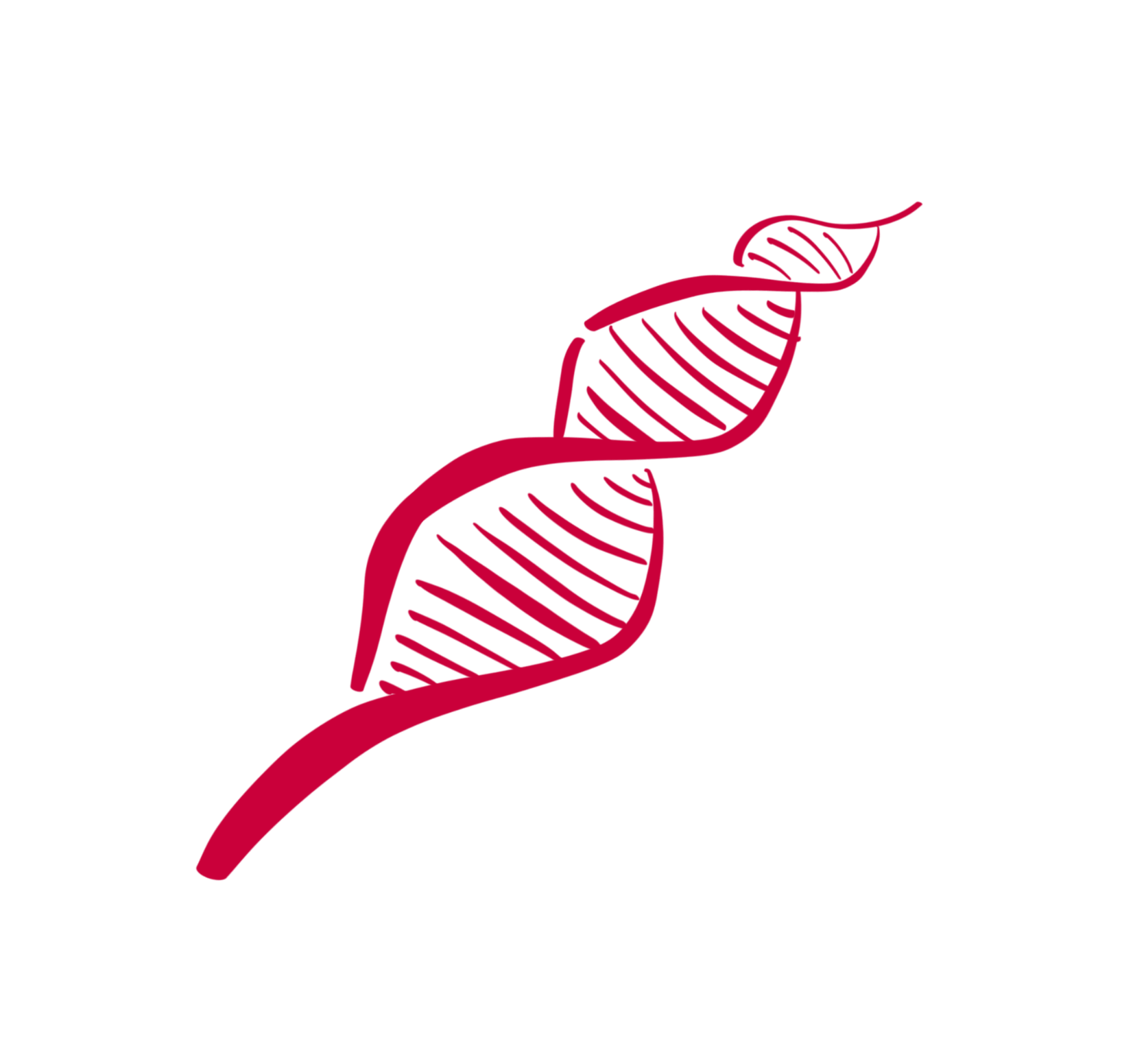Here you’ll find practical materials from our daily work — from case studies and technical fact sheets to application notes and expert guidelines.
Whether you're developing a cell line, setting up assays, or preparing for regulatory submission, our resources offer helpful insights and real-world examples to support your next step.

Any questions? Just let us know.